The day’s second big surprise comes when Gordon Murray strolls in. Although his name is on the building, Murray isn’t the person we’ve been expecting.
We’re relaxing in The Engine Room – a spacious waiting room adorned with V12 murals and displays off the reception area of the magnificent new Gordon Murray Group (GMG) headquarters, near Windlesham in Surrey – soon to begin interviews with CEO Phillip Lee and chief test driver Dario Franchitti.
The initial big surprise had been the first sight of the building itself: large, modern, glassy and extremely imposing.
Unlike most visitors, we saw the full frontal aspect by cheekily following ‘VIP parking’ signs and thus alighting on a wide apron right out front, eyeballing through the glass a pair of Gordon Murray Automotive (GMA) supercars, a T50 and a T33, parked right beside the reception desk.
We haven’t expected to see Murray, whom the car world is quietly aware has been facing some medical challenges. Turns out he’s now recovering well, and the proof is his presence here today, wearing a wide smile above a statement shirt that’s his usual choice when feeling good.
We’re among the earliest visitors here (work isn’t quite finished), so Murray has decided he will be the one to show us around.
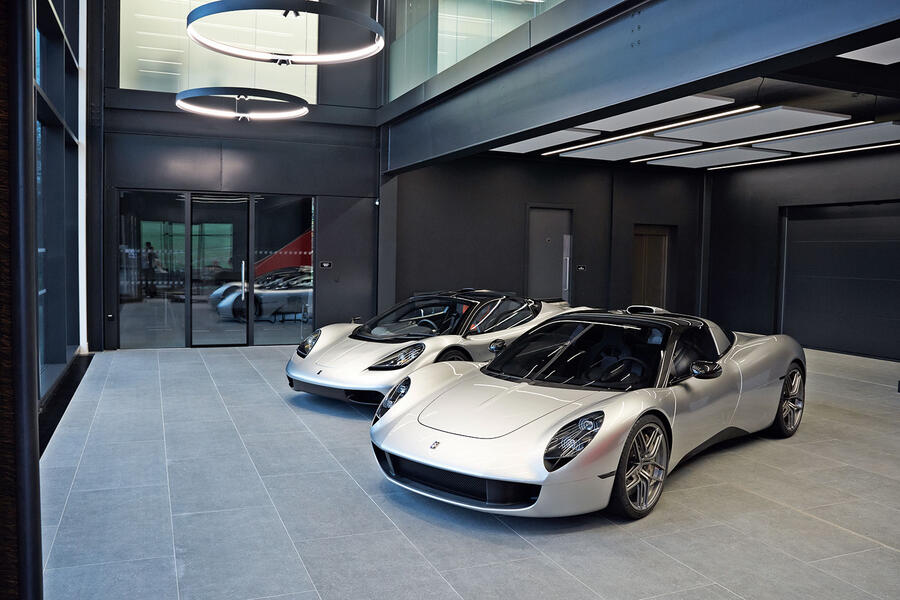
I’ve heard him say before that he gets as much of a buzz out of designing buildings as cars. And as we begin to walk and look, we’re immediately aware of the love of design and quality materials, plus the gimlet eye for detail, that goes with everything Murray does.
First, the HQ. Highams Park is a 58-acre site previously occupied by failed technology firm Kamcorp (owner, for a time, of the Frazer-Nash and Bristol Cars businesses) and by the British Oxygen Company before that.

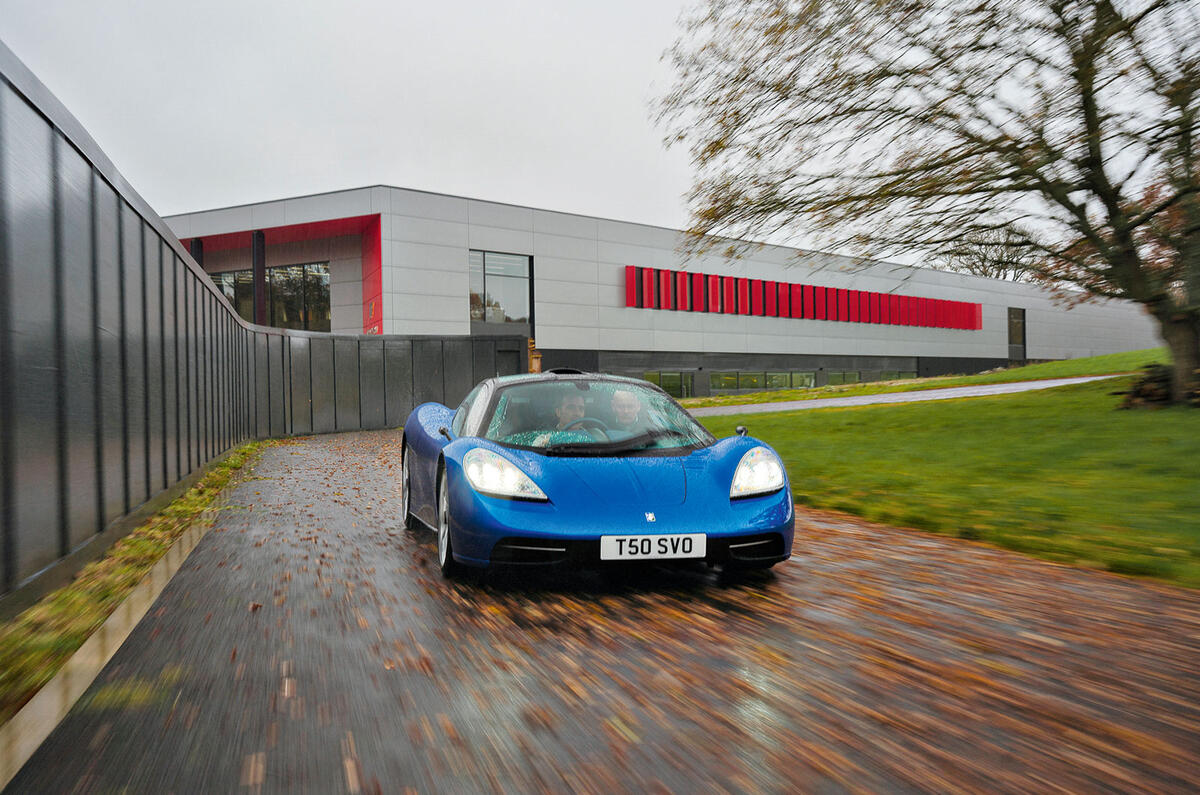
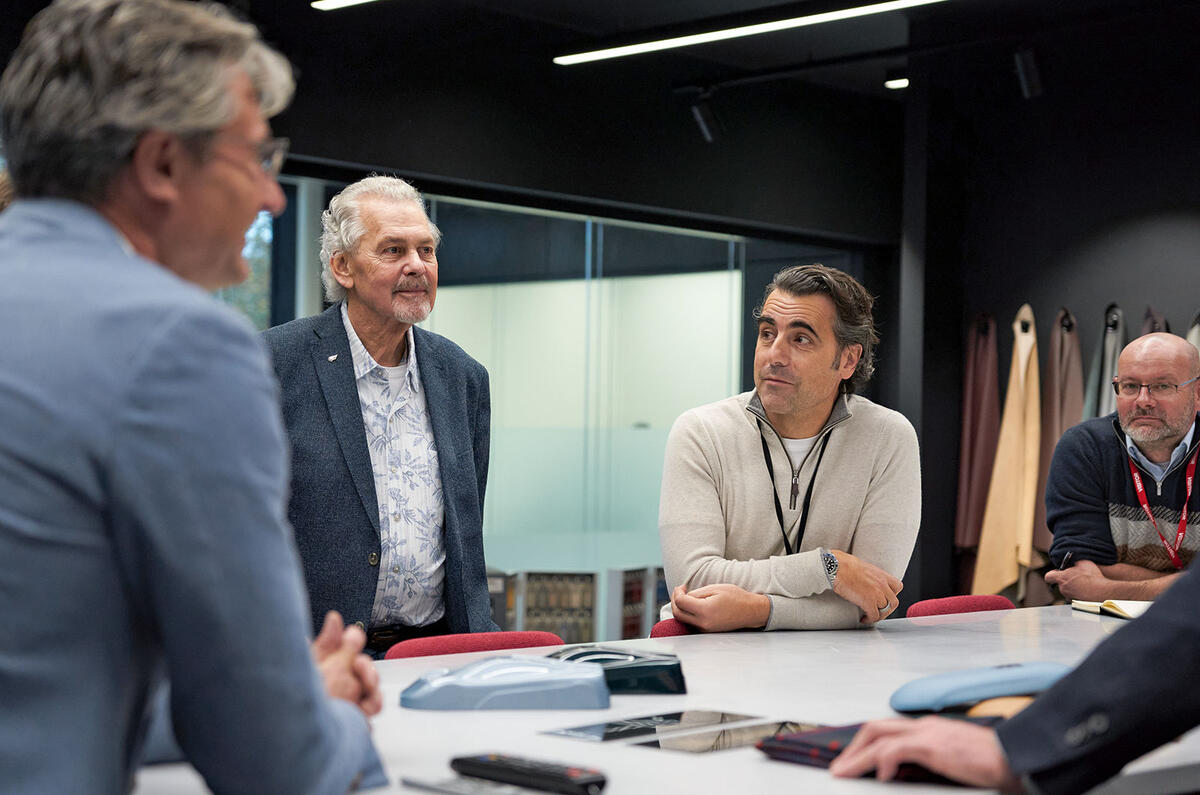
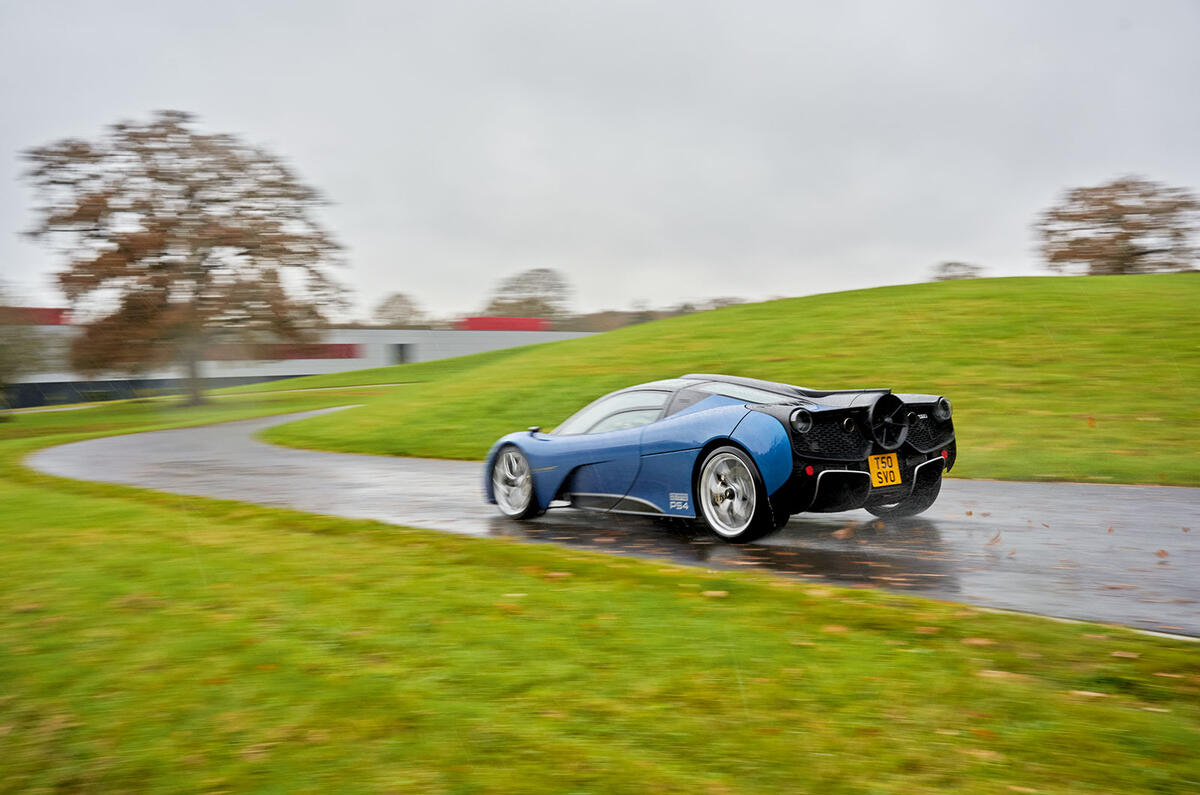
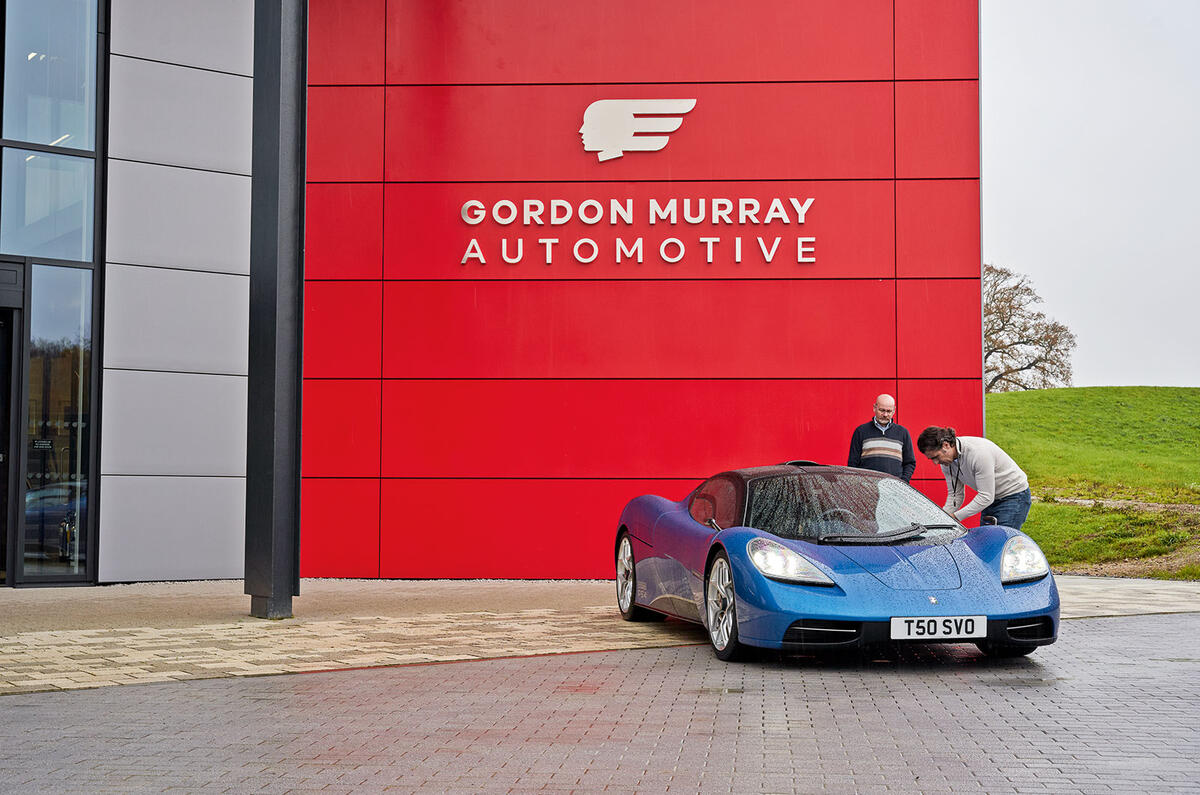
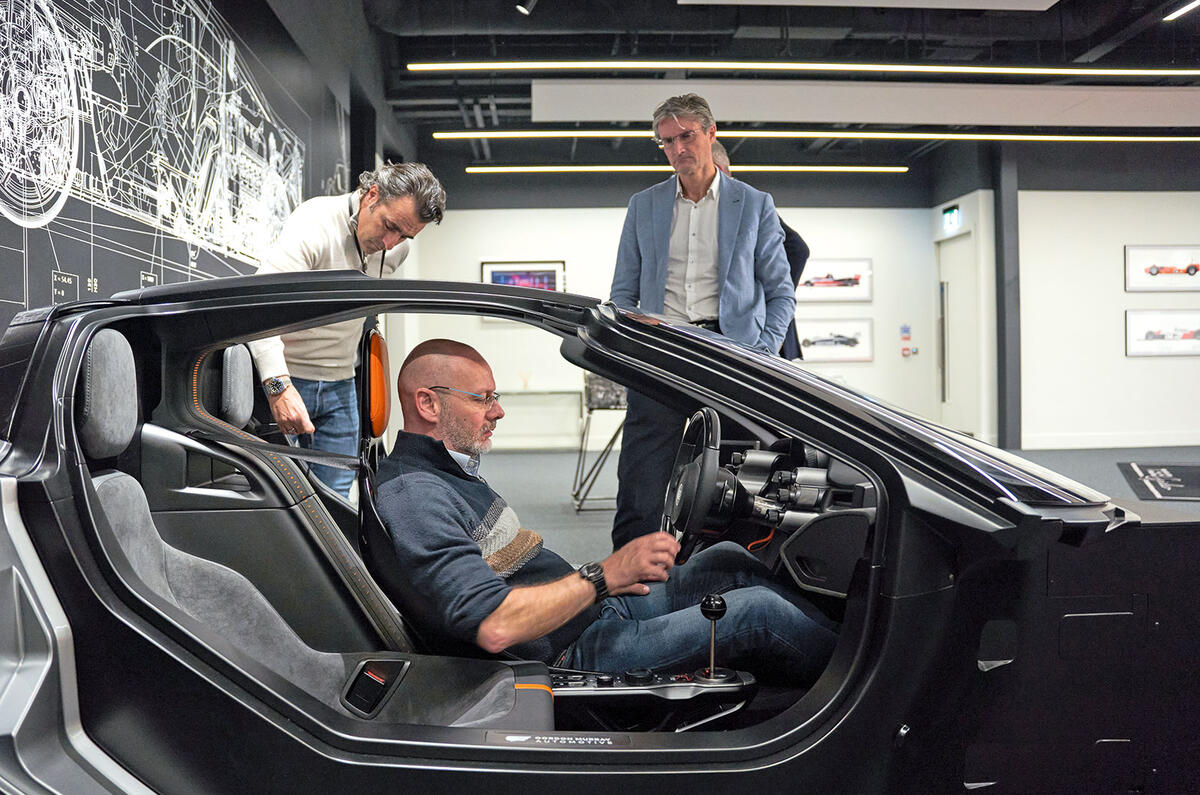
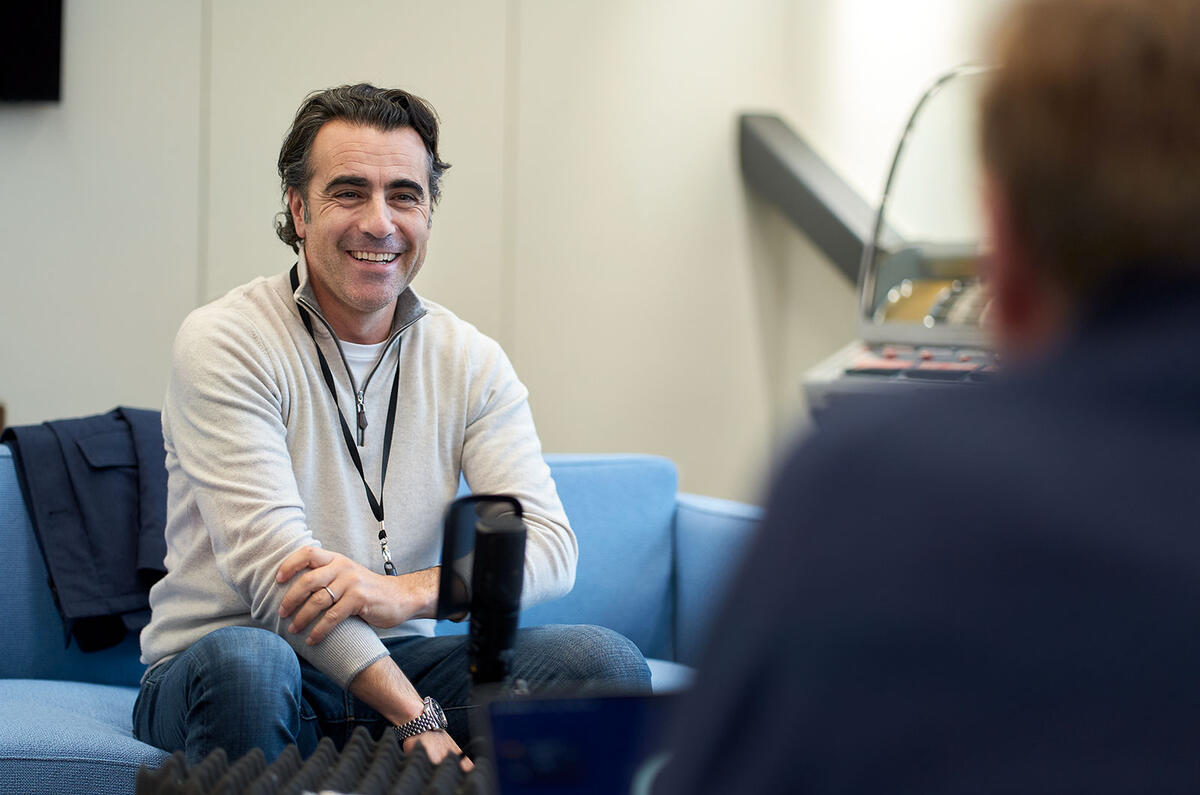
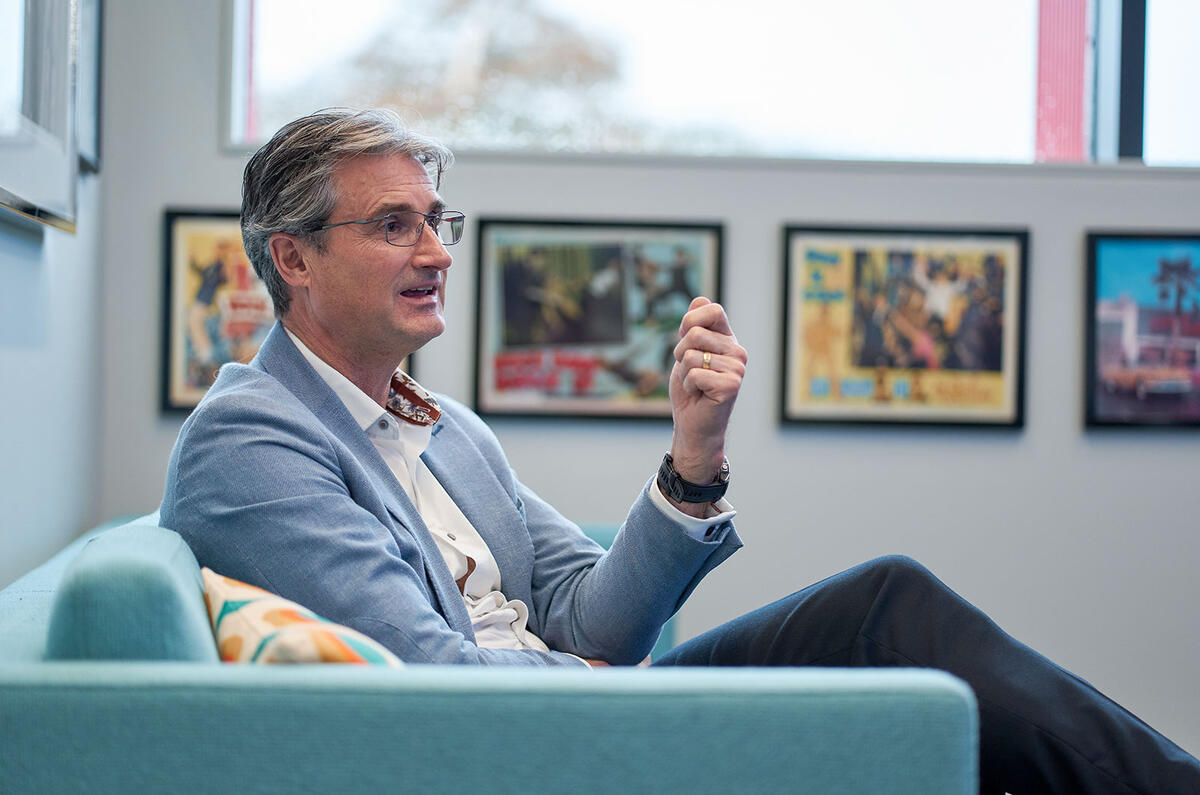
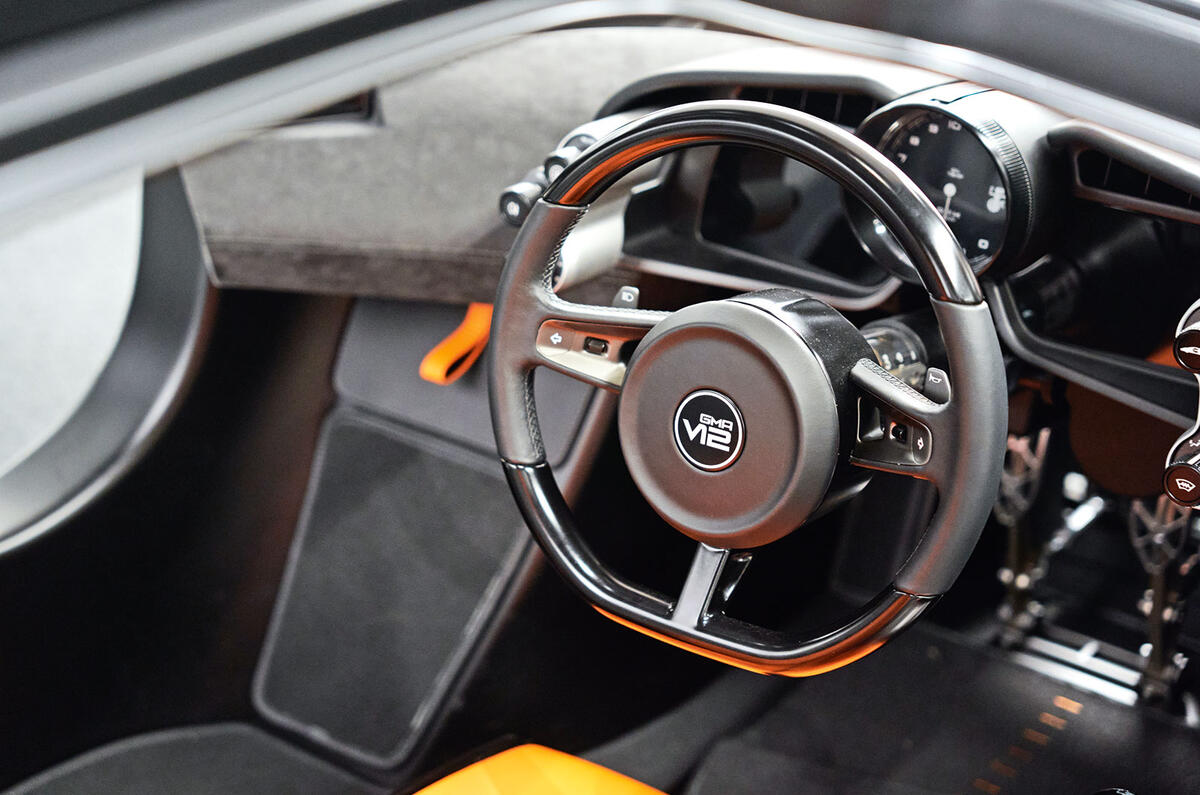
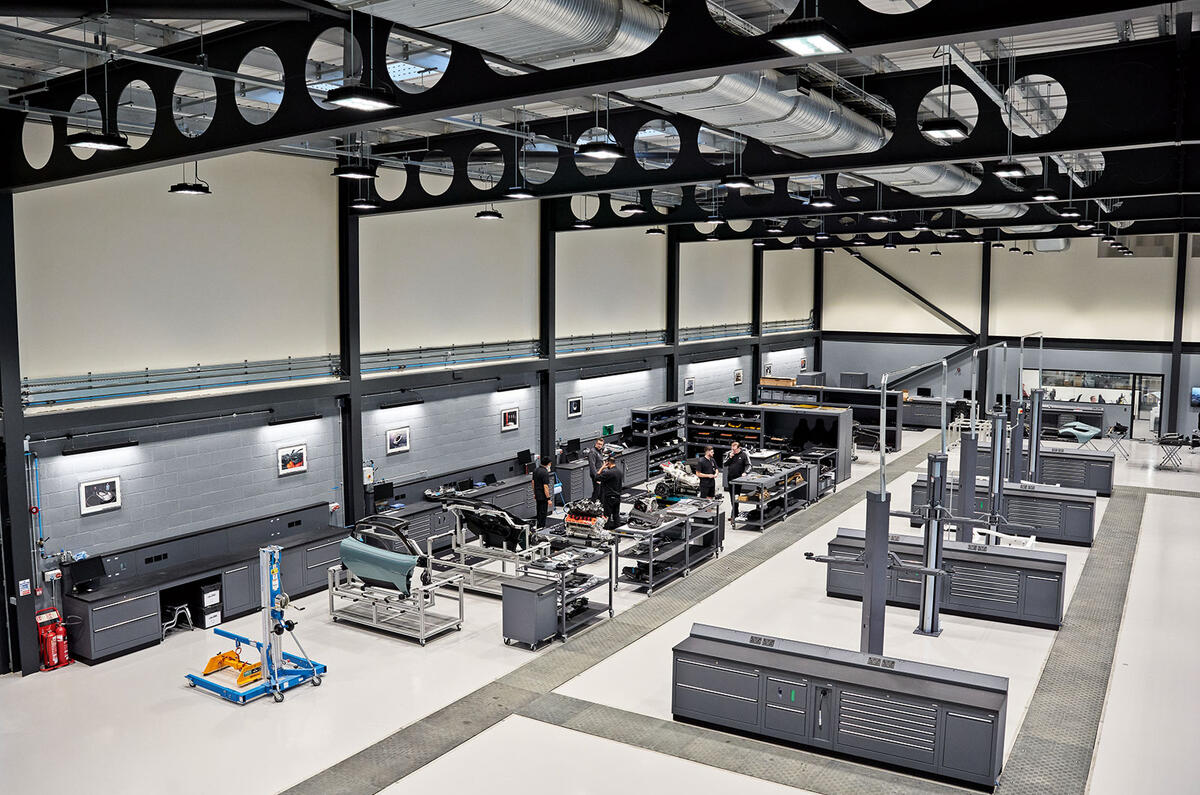
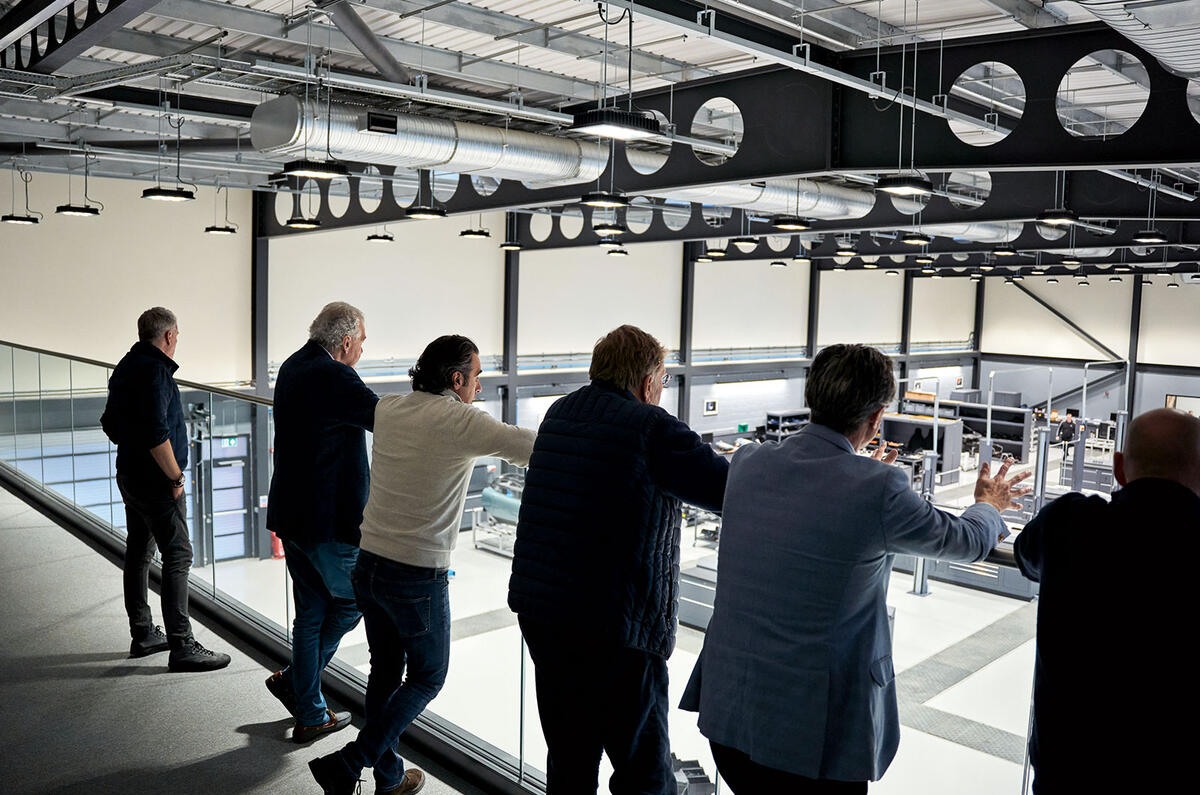
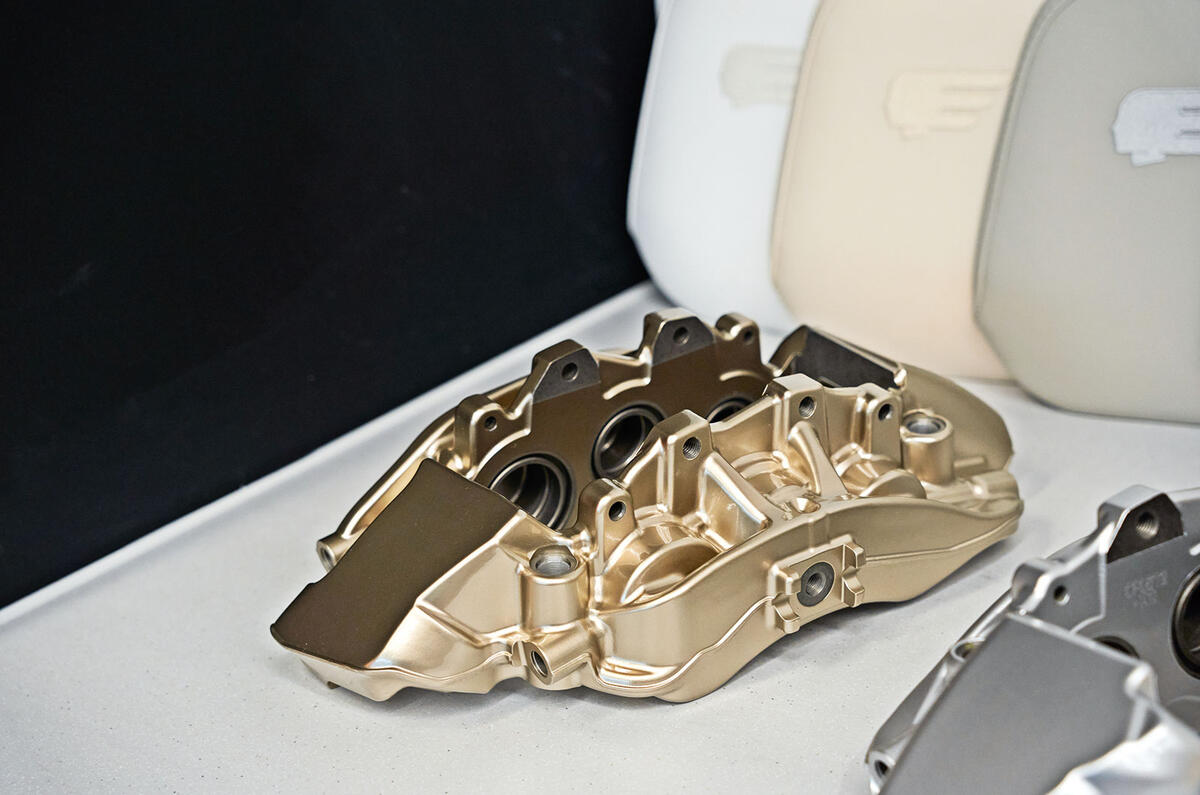
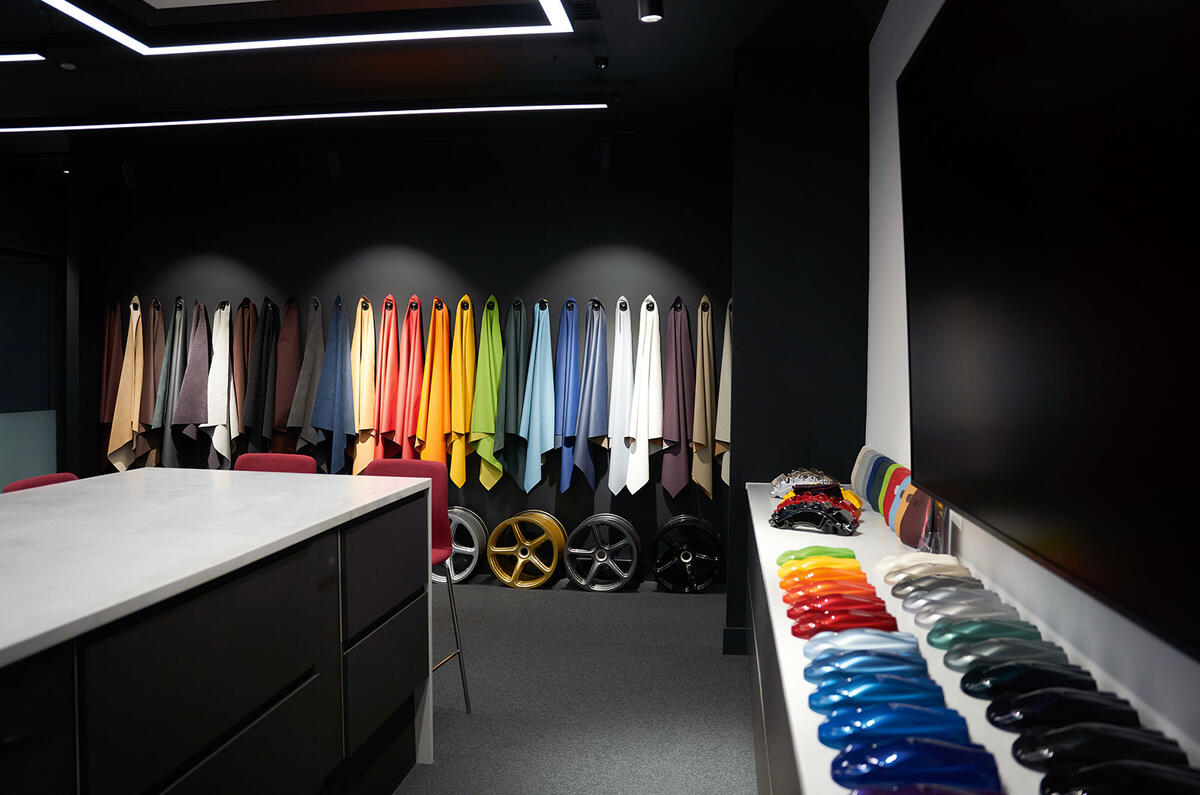
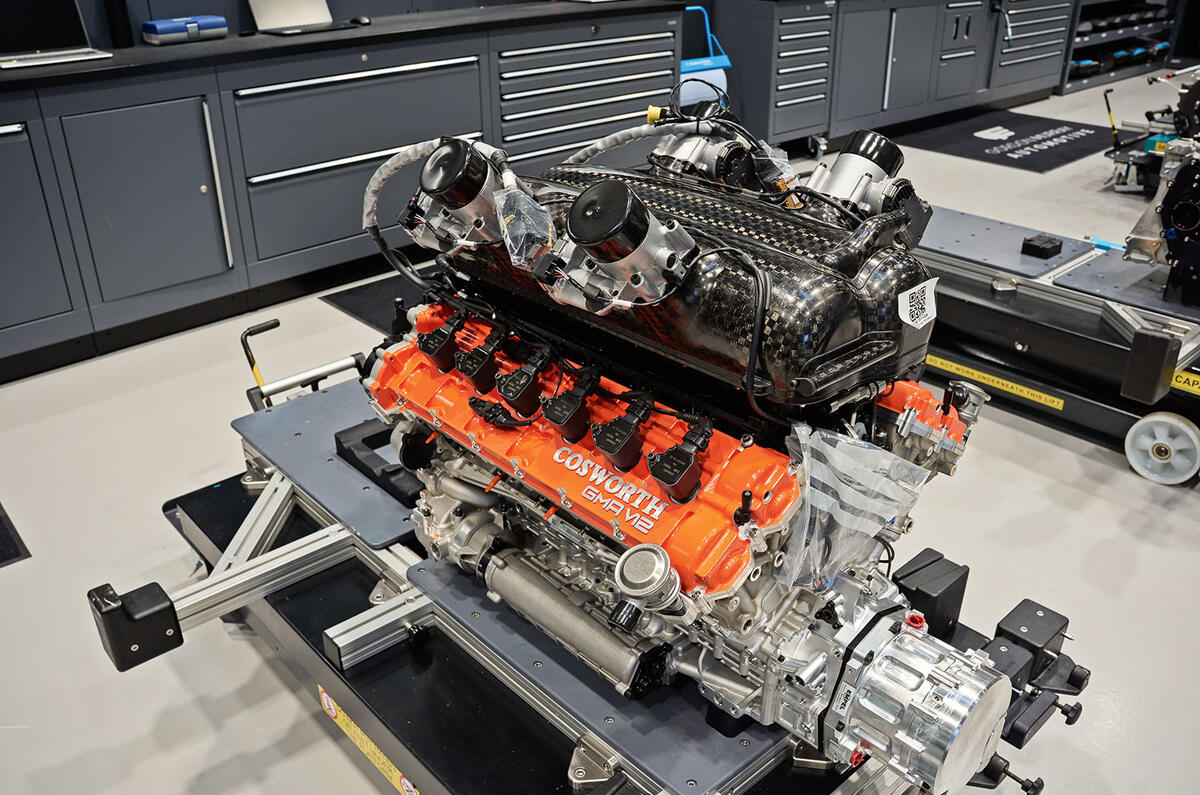
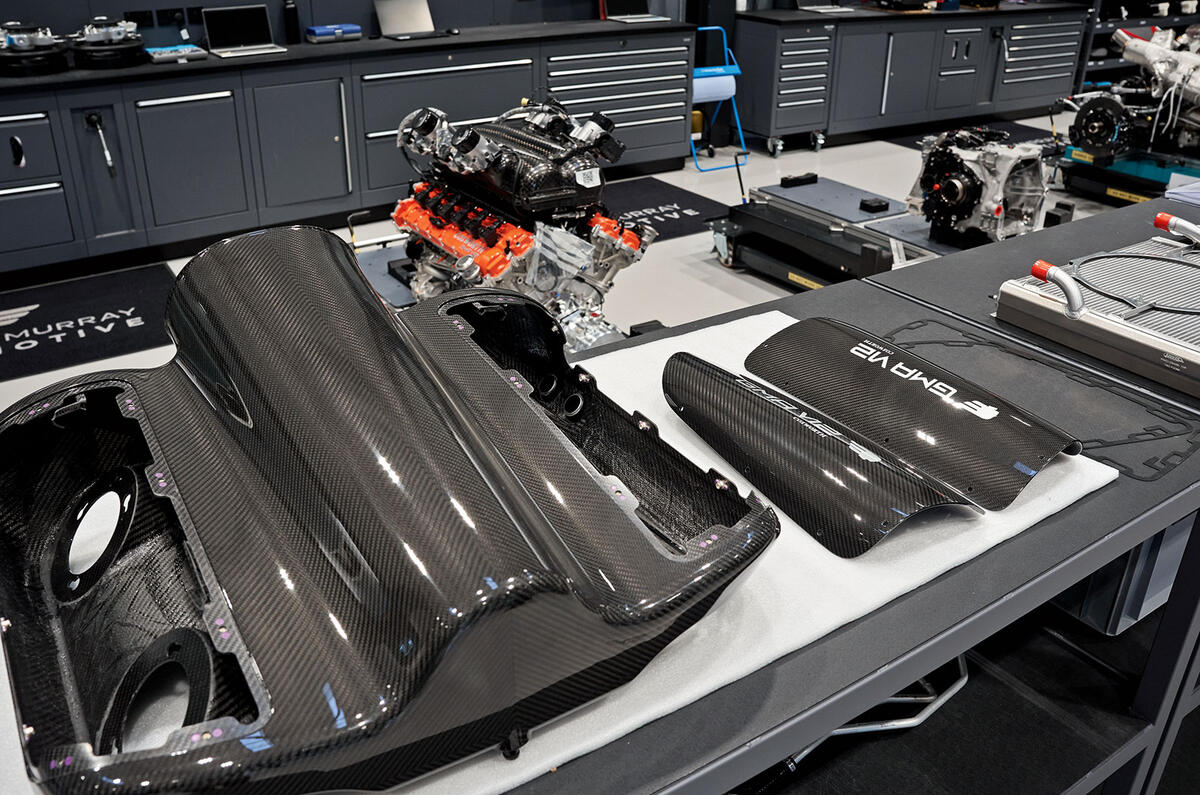
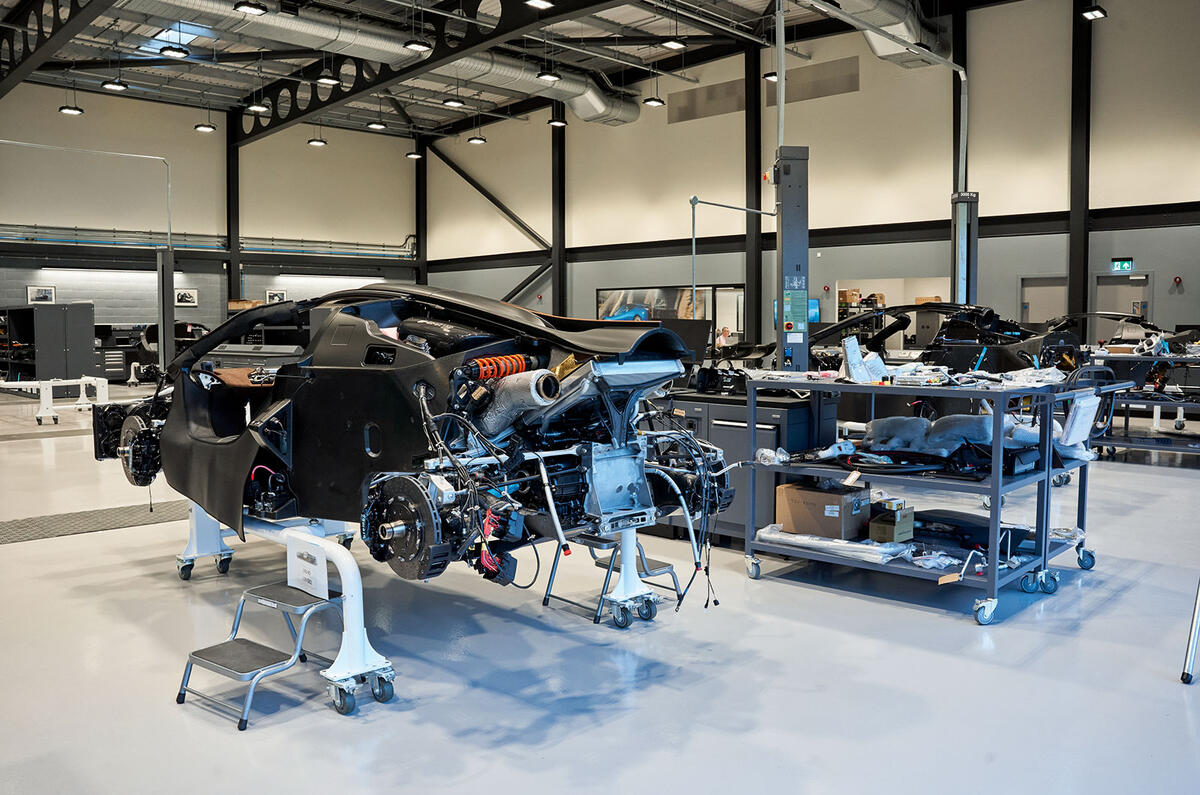


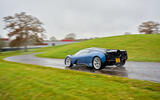
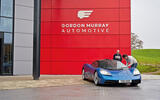
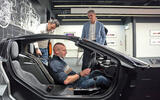


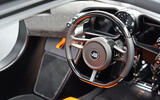




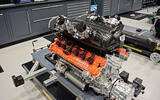
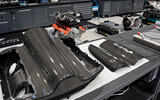
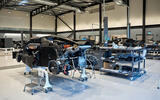


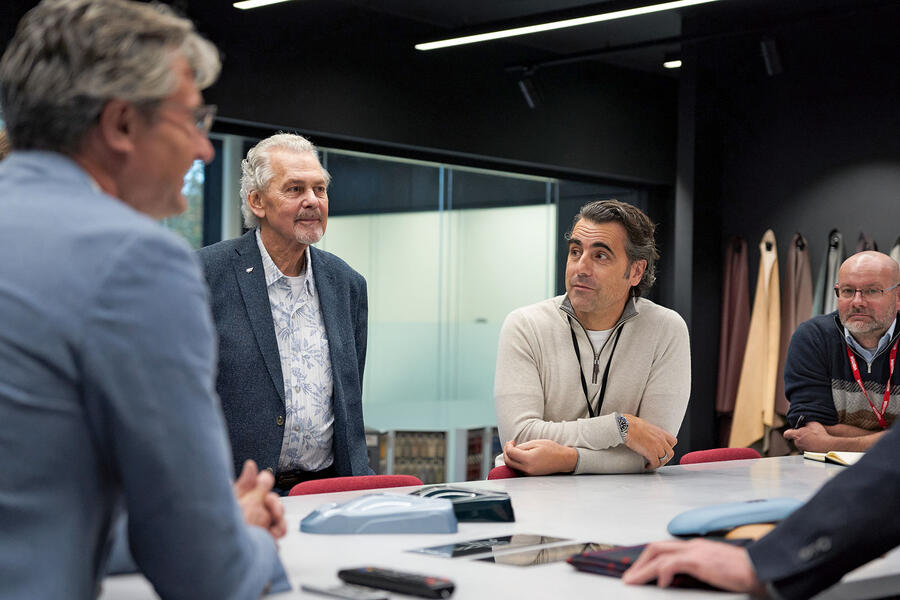
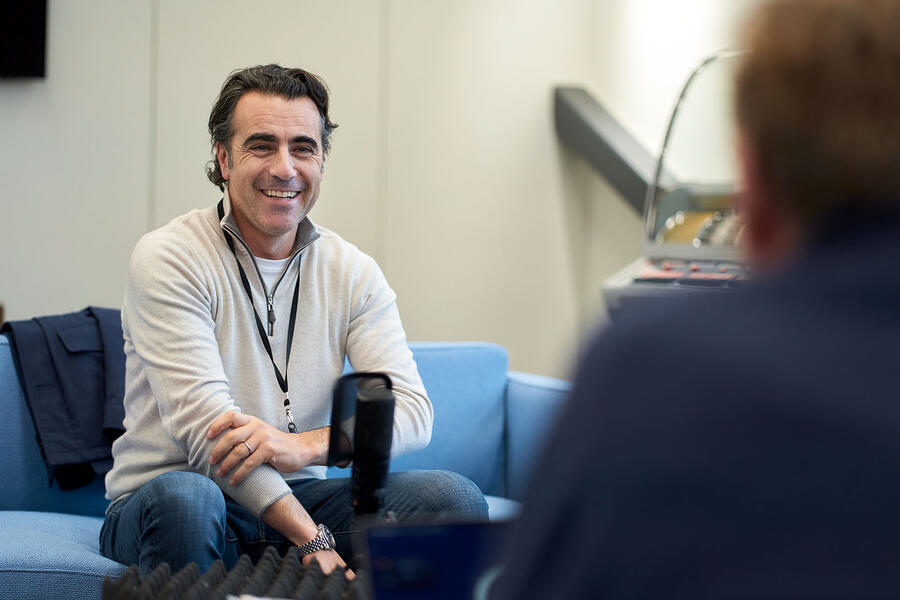
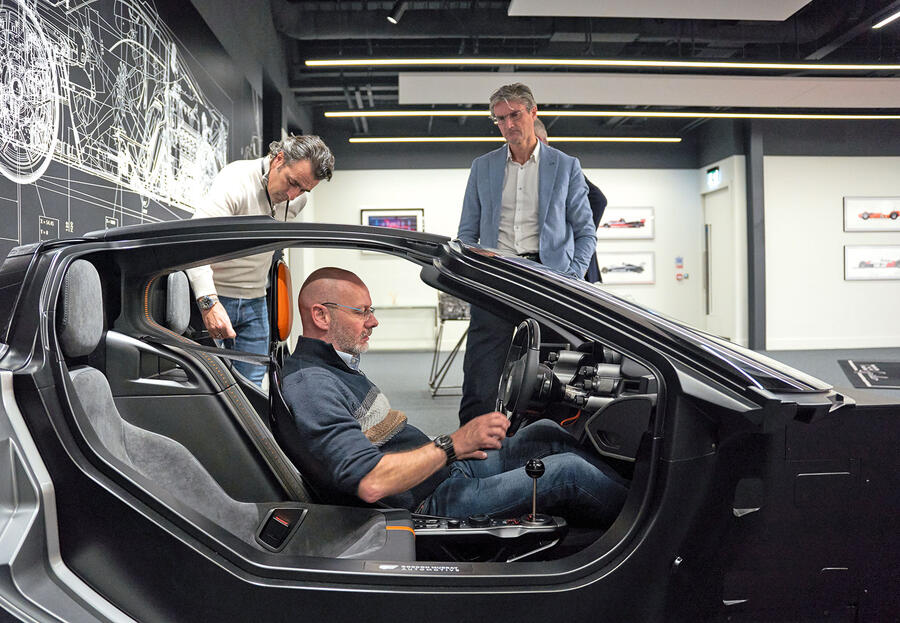





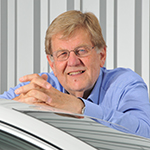


Join the debate
Add your comment
Floored in Surrey with Gordon Murray: Welcome to the T50 factory takes viewers inside the meticulous world of high-performance engineering, showcasing the craftsmanship and innovation behind one of the most remarkable supercars ever built. Just as the T50 factory emphasizes precision and efficiency in every detail, Easy Grader offers a streamlined way to simplify tasks and improve productivity for anyone looking to work smarter.
Marvellous. Sadly I'm not a prospective customer, but I would love to visit this place. Not just a successful new British car maker, but one that is showing the way things should be done.
If only the resurrected TVR was more than hot air, and they could have got the new Griffith (based on Murray's iStream tech) to market.